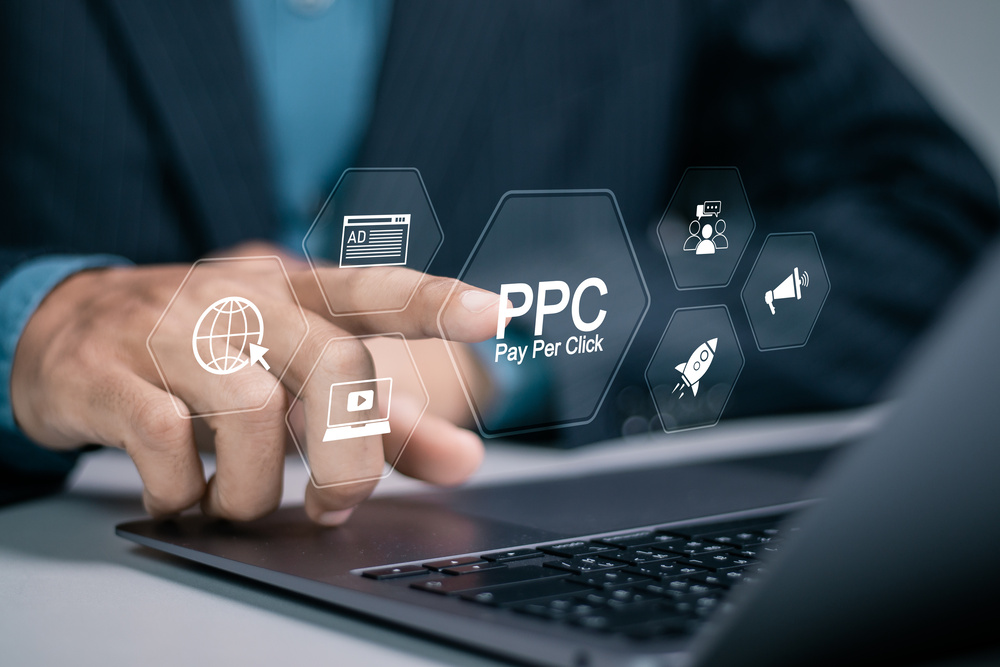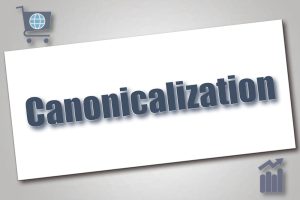Proper campaign structure is one of the keys to successful PPC advertising. That structure begins with establishing separate workflows for brand and non-brand campaigns. The two types of campaigns share similarities. But their differences are distinct enough to maintain them as separate entities.
So, what are the differences between the two types of campaigns? The differences lie in three things:
- The types of keywords targeted
- The target audience for each campaign
- The goals for each campaign
Separate workflows for brand and non-brand PPC advertising should also include separate budgets. Resources can then be allocated where they are needed most while still being able to maintain both types of campaigns simultaneously.
More About Brand Campaigns
The audience for a brand campaign typically consists of consumers already familiar with your organization’s brand. These are people who are further along in the buying process. They have already researched your company and its products. Some of them may already be ready to purchase; they just need to be convinced to buy from you.
Knowledge of this audience impacts every other aspect of the brand campaign, including:
- Keywords – Brand campaigns should always involve keywords that include the name of your company, product, or service. You are targeting your brand within your keyword selection. In our case, we would utilize ‘Webtek’ within our keyword selection.
- Conversion Potential – Because brand campaigns target consumers further along in the buying process, keywords with higher conversion potential are preferred. You are encouraging customers to buy rather than learn about your products.
- Campaign Goals – Brand-based PPC advertising is said to have ‘defensive’ goals. Such goals include capturing bottom-of-the-funnel traffic and ensuring that your brand shows up when users directly search for it.
One of the fringe benefits of brand campaigns is lower cost. As a general rule, branded keywords are subject to less competition. Therefore, bid big cost and cost per click (CPC) tend to be lower as well. You could ultimately spend a lot less money on targeting consumers already familiar with your company and products.
More About Non-Brand Campaigns
A non-brand campaign’s audience is broader and more general. It consists of consumers who may not be familiar with your brand, despite the fact that they are searching for your products and services. Most of this traffic is top-of-the-funnel. Consider how this audience impacts your PPC advertising strategies:
- Keywords – A broader and more generic audience requires equally broad and generic keywords that are not branded. For example, rather than focusing on our own company name and its derivatives, we would look at generic keywords like ‘SEO services’ and ‘PPC advertising’.
- Campaign Reach – Before you can worry about conversion, you must reach the target audience. Non-branded keywords have a higher search volume. This is what gives you the reach you’re looking for.
- Campaign Goals – Non-brand campaign is primarily focused on attracting new customers. This is accomplished through driving traffic and expanding your organization’s marketing reach. Remember that you are targeting consumers in the earliest stages of the buying process.
As far as cost is concerned, non-branded keywords are subject to considerably more competition. That makes them more expensive and more difficult to manage from a budgetary standpoint.
When an organization’s budget is limited and brand awareness is considerably low, budgeting for non-brand campaigns can be challenging. It’s in such situations that investing in paid PPC advertising services is most helpful. Bringing in the experts helps an organization get the most from its advertising budget.
Ad Groups for Each Campaign
The two types of PPC advertising campaigns have their best practices. At the top of the list is creating ad groups for each campaign. An ad group is a subcategory of sorts. While it’s possible to have just a single ad group in a given campaign, most campaigns will have two or more.
Creating ad groups is all about achieving search relevance. In other words, within the broadest possible scope of your company’s products or services, what is a given customer searching specifically for? We will use our own business as an example.
Someone searching generically for ‘SEO services’ might only be looking to learn more about what those services are. But he might also be thinking of something specific:
- Driving traffic
- Content creation
- Blog and guest posting
- Website audits
Creating multiple ad groups under the SEO services banner allows us to be more targeted in our campaign efforts. It allows us to choose specific keywords based on the exact services we want to promote with each ad.
Make or Break With Keywords
Keywords are the fuel that drive PPC advertising. The keywords you bid on are the very same keywords for which your ads will appear when consumers are running searches. Therefore, it’s critical to have a thorough understanding of the most effective keywords based on the type of campaign you are running and the ad groups within that campaign.
Inevitably, you’re going to end up bidding on some very competitive keywords. It’s almost unavoidable. But don’t make the mistake of thinking that only highly competitive keywords are effective. Such is not always the case.
Diligent research can uncover less costly but highly effective keywords your competitors haven’t thought of yet. They represent a way to get more for your money. Along those same lines, take advantage of negative keywords. These are keywords for which you do not want your ad to appear. Why? Because you are more likely to get tire kickers than qualified buyers.
A Word About Ad Copy
A quick word about ad copy is in order as we close this post. Ad copy is the actual text users see when your ad shows up on their screens. Copy doesn’t have to be packed with keywords but use your keywords as inspiration for creating compelling copy. Make sure the copy is relevant to consumer searches.
PPC advertising can be a very powerful marketing tool that gets fast results and offers nearly instant feedback. The best results are accomplished using both brand and non-brand campaigns simultaneously.





